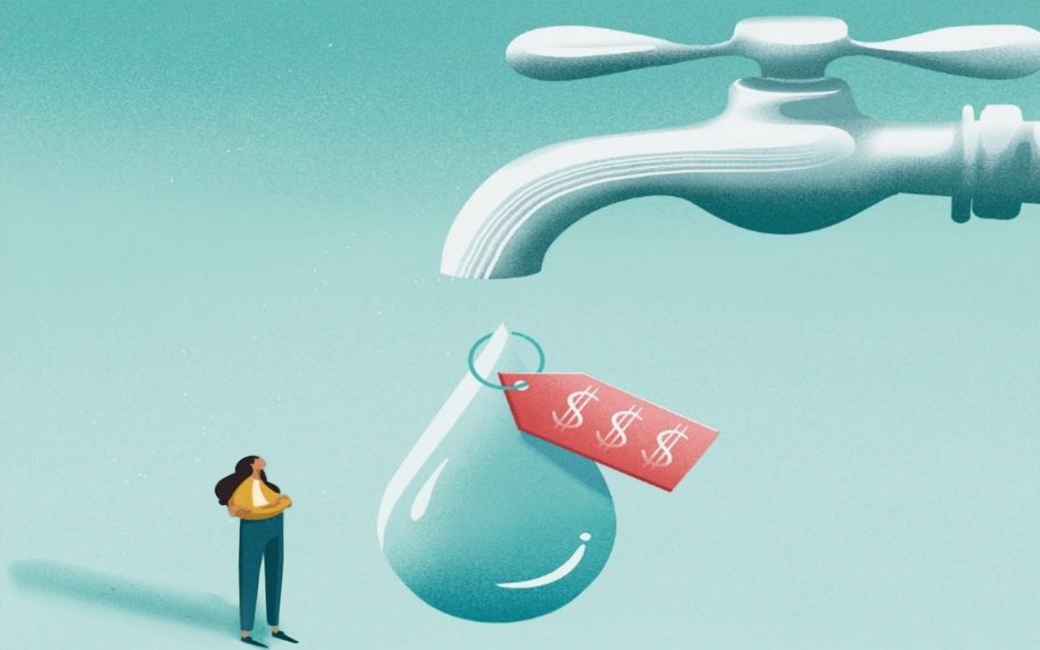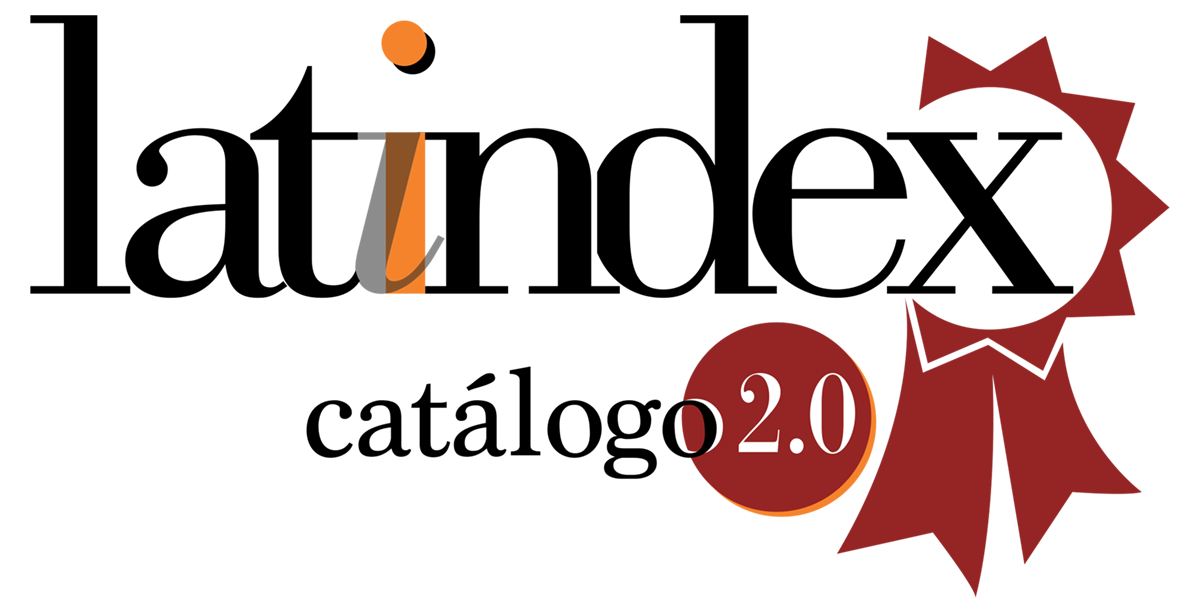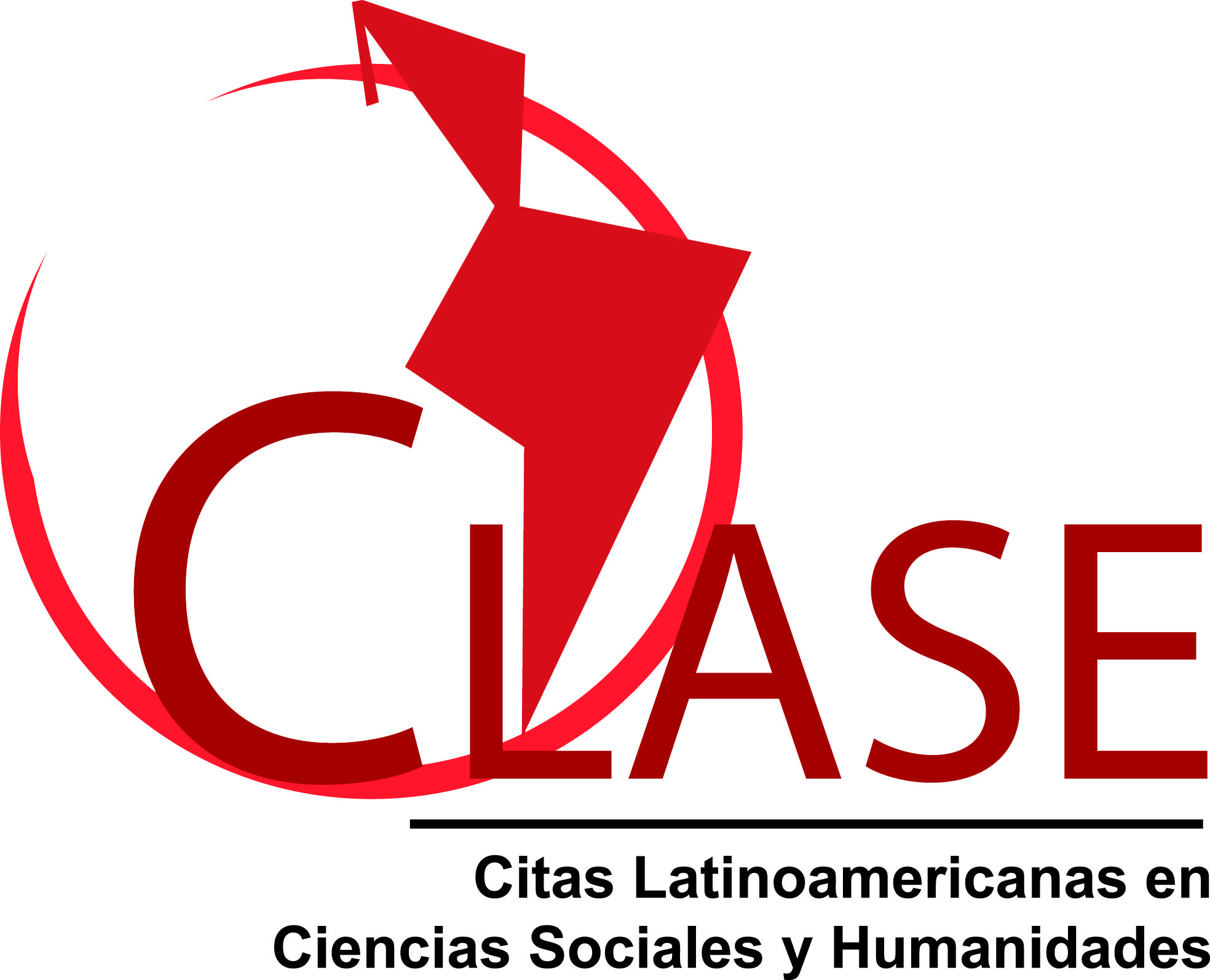Water commodification and its impact on the human right to drinking water
DOI:
https://doi.org/10.29059/rdycsv.v7i2.216Keywords:
Right, water, commercialization, dignityAbstract
Water was once considered an inexhaustible resource; however, due to pollution, lack of infrastructure, sanitation, and inadequate resource management, it has become a limited and non-renewable resource. In order to guarantee a decent standard of living, access to water for human consumption and domestic use has been recognized as a right for all (UNESCO, 2021). The recognition of this human right was initially contemplated in international law, bringing with it national commitments that later became a right enshrined in the Political Constitution of the United Mexican States, which establishes fundamental principles for the enjoyment of this right. Due to socioeconomic conditions, Mexico has balanced this human right with the country's economic development, prioritizing the development of soft drink companies over human rights. Article 4 of the same legislation outlines four characteristics: it must be sufficient, safe, acceptable, and affordable for all.
References
Asamblea General de las Naciones Unidas. (2015). Resolución 70/169: Reconocimiento del derecho al agua y al saneamiento. https://undocs.org/es/A/RES/70/169
Asamblea General de las Naciones Unidas. (2010). Resolución 64/292: El derecho humano al agua y al saneamiento [A/RES/64/292]. Naciones Unidas. https://undocs.org/A/RES/64/292
Ávila-Rosas, H., Aedo-Santos, A., Levin-Pick, LG., Bourges-Rodríguez, H., y Barquera, S. (2013), El agua en la nutrición. Acta pediátrica de México. 34 (2), 109-114. https://actapediatrica.org.mx/article/el-agua-en-la-nutricion/
Bobbio, N. (1961). El positivismo jurídico: Lecciones de filosofía del derecho. (Trad. J. J. Utrilla). México: Fondo de Cultura Económica.
Barlow, M. (2009). El agua nuestra bien común: Hacia una nueva narrativa del agua, HEINRICH BÖLL STIFTUNG.
Broussais, F. J. V. (1832). La cólera morbus epidémica, observada y tratada según el método fisiológico, Paris: Decourchant.
Comisión Nacional del Agua, (2014) Programa Nacional Hídrico 2014-2018. https://www.conagua.gob.mx/CONAGUA07/Contenido/Documentos/PROGRAMA_Nacional_Hidrico_2014_2018_espa%C3%B1ol.pdf
Constitución Política de los Estados Unidos Mexicanos. [Const]. Art. 4. 5 de febrero de 1917 ( México). https://www.diputados.gob.mx/LeyesBiblio/ref/cpeum.htm
Cholera Annual Report 2020. (2021). Weekly Epidemiological Record. https://reliefweb.int/report/world/weekly-epidemiological-record-wer-17-september-2021-vol-96-no-37-pp-445-460-enfr
Consejo de Derechos Humanos de las Naciones Unidas (2008). Resolución 7/22: Los derechos humanos y el acceso al agua potable y saneamiento. Naciones Unidas. https://ap.ohchr.org/documents/S/HRC/resolutions/a_HRC_RES_7_22.pdf
Figueroa-Oropeza, J. L., Rodríguez-Atristain, A., Cole, F., Mundo-Rosas, V., Muñoz-Espinosa, A., Figueroa-Morales, J. C., Boudart, Z., Téllez-Rojo, M. M., Bautista-Arredondo, S. A., Sánchez, B., & Roberts, E. F. (2023). ¿Agua para todos? La intermitencia en el suministro de agua en los hogares en México. Salud Pública de México, https://doi.org/10.21149/14783 DOI: https://doi.org/10.21149/14783
Fleissner, P. (2005). Commodification, information, value and profit. Poiesis & Praxis, 4(1), 39-53. https://doi.org/10.1007/s10202-005-0007- DOI: https://doi.org/10.1007/s10202-005-0007-y
Hernández Sampieri, R., Fernández Collado, C., y Baptista Lucio, P. (2014). Metodología de la investigación (6.ª ed.). México: McGraw-Hill.
Ibarra, F., y Centeno, R. I. (2023). “Water Pays for Water”: Sonora, An Affluent of National Privatization. Latin American Perspectives, 50(2), 34-47. https://doi.org/10.1177/0094582x231159912 DOI: https://doi.org/10.1177/0094582X231159912
Iglesia-Altaba, I., Miguel-Berges, M. L., Morin, C., & Moreno-Aznar, L. A. (2021). Fluid Intake Habits of Spanish Children and Adolescents: An Update of the Liq.In7 Survey. Annals Of Nutrition and Metabolism, 77(Suppl. 4), 10-11. https://doi.org/10.1159/000520516 DOI: https://doi.org/10.1159/000520516
Jiménez-Corona, A., Gutiérrez-Cogio, L., López-Moreno S. y Tapia-Conyer, R.. (2020). El cólera en México. Situación epidemiológica actual. Dirección General de Epidemiología, Subsecretaría de Servicios de Salud, Secretaría de Salud, México, 131(3), 364-365. https://www.anmm.org.mx/bgmm/1864_2007/1995-131-3-363-366.pdf
Oficina del Alto Comisionado de las Naciones Unidas para los Derechos Humanos (OHCHR). (2011). Folleto informativo núm. 35: El derecho al agua. https://www.ohchr.org/sites/default/files/Documents/Publications/FactSheet35sp.pdf
Peña Neira, S., Araya Meza, P., Díaz Pizarro, V., y Lagos Rivera, I. (2023). Derecho Humano de acceso al agua potable interpretado conforme al Derecho a la vida e integridad física: propuesta desde la jurisprudencia internacional y nacional. Estudios Constitucionales, 21(especial), 120-155. https://doi.org/10.4067/s0718-52002023000300120 DOI: https://doi.org/10.4067/S0718-52002023000300120
Pindyck, R., y Rubinfeld, D. (2009). Microeconomía (7ma ed., p. 315). Pearson Prentice Hall.
Reiners, N. (2021). Despite or Because of Contestation? How Water Became a Human Right. Human Rights Quarterly, 43(2), 329-343. https://doi.org/10.1353/hrq.2021.0021 DOI: https://doi.org/10.1353/hrq.2021.0021
Secretaría de Gobierno [SEGOB] (2013). Plan Nacional de Desarrollo 2013-2018. Diario Oficial de la Federación. https://conamer.gob.mx/documentos/marcojuridico/rev2016/PND%202013-2018.pdf
Secretaría de Salud. (2016). Cólera. Información general del cólera. https://www.gob.mx/salud/acciones-y-programas/colera#:~:text=En%20M%C3%A9xico%20ha%20estado%20presente,noventa%20la%20que%20continua%20presente
Statista. (2023). Consumption volume of bottled water worldwide 2020, by leading countries. https://www.statista.com/statistics/1307883/consumption-of-bottled-water-worldwide-in-2009/
Tovar, V., y Bustamante, P. (2000). Historia del cólera en el mundo y en México. Revista Ciencia Ergo Sum, México, 7(2), 180. https://www.redalyc.org/articulo.oa?id=10401813
Triunfo, P., Torello, M., Berretta, N., Vicente, L., Della Mea, U., Bergara, M., Spremolla, A., Tansini, R., - Vaillant, M., Terra, I., Rossi, M., Patrón, R., Tansini, R., Ferre, Z., Fachola, G. yGonzález, M. J. (2003). La economía como ciencia social. Economía para no economistas. Departamento de Sociología, Facultad de Ciencias Sociales, Universidad de la República. https://biblioteca.clacso.edu.ar/Uruguay/ds-unr/20120814103224/tansini.pdf
UNESCO. (2021). Informe Mundial sobre el Desarrollo de los Recursos Hídricos en el Mundo: El valor del agua. Naciones Unidas. https://unesdoc.unesco.org/ark:/48223/pf0000378295
Zygmunt, B. (2007). Vida de consumo (M. Rosenberg & J. Arrambide, Trans., p. 43). Fondo de Cultura Económica.

Published
How to Cite
Issue
Section
License
Copyright (c) 2025 Universidad Autónoma de Tamaulipas

This work is licensed under a Creative Commons Attribution-NonCommercial-ShareAlike 4.0 International License.
Accepted 2025-06-03
Published 2025-06-30







